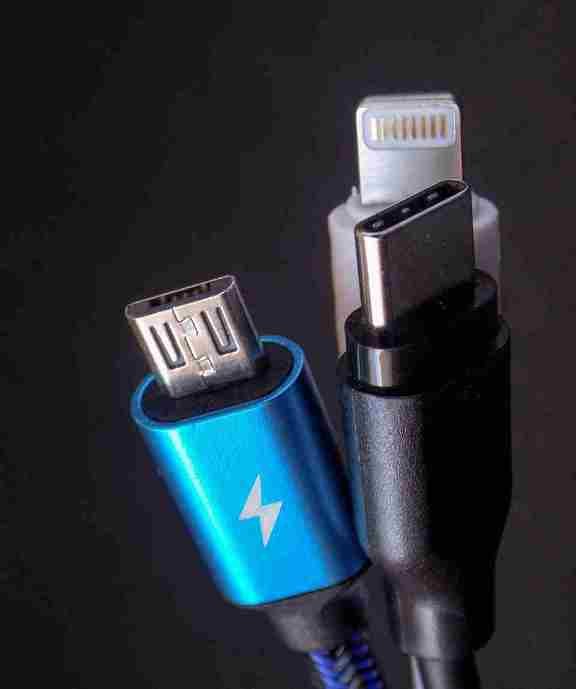The Indian government and Industry people both agreed to implement a USB Type-C charging port for Smart devices. Smart devices include smartphones, tablets, and laptops.
Handling multiple cables for different smart devices is a big task for everyone. Commonly, there are some ports which people use most in their smart devices, like micro USB, USB Type-C, and Apple’s lightning port.

USB Type-C for all in future
The European Union (EU) is the first to implement a law to use the common USB Type-C charging port for small and medium-sized portable electronic devices. By the end of 2024, all mobile phones, tablets and cameras sold in the EU will have to be equipped with a USB Type-C charging port. From spring 2026, the obligation will extend to laptops.
Nowadays, some companies not providing chargers in smartphone boxes. This practice forces the user to buy a separate charger if the charger the user has is not the same as the new one.
Moreover, this law will surely help to reduce some e-waste from the country. The cseindia.org projected that India could generate around 7.59 million metric tons (mMT) of e-wase in 2025, 14 mMT in 2030, which will increase to over 160 mMT by 2050.
Top five e-waste generating countries in the year 2019
| Rank | Country and rank in e-waste generation | EEE placed on the market (kg/capita) | E-waste generation (kg/capita) | E-waste collection rate (per cent) |
| 1 | China | 13.3 | 7.2 | 16 |
| 2 | USA | 25.3 | 21 | 15 |
| 3 | India | 5.8 | 2.4 | 1 |
| 4 | Japan | 21.3 | 20.4 | 22 |
| 5 | Germany | 18.2 | 19.4 | 52 |
You’ll likely see the next Apple iPhone with USB-C as India and EU planned to move to USB Type-C charging ports for all smart devices. Moreover, Apple iPads already have USB-C. On the other hand, most Android smartphones have already moved to USB type-C charging ports.
However, the transition to USB Type-C will take a few years to complete.
